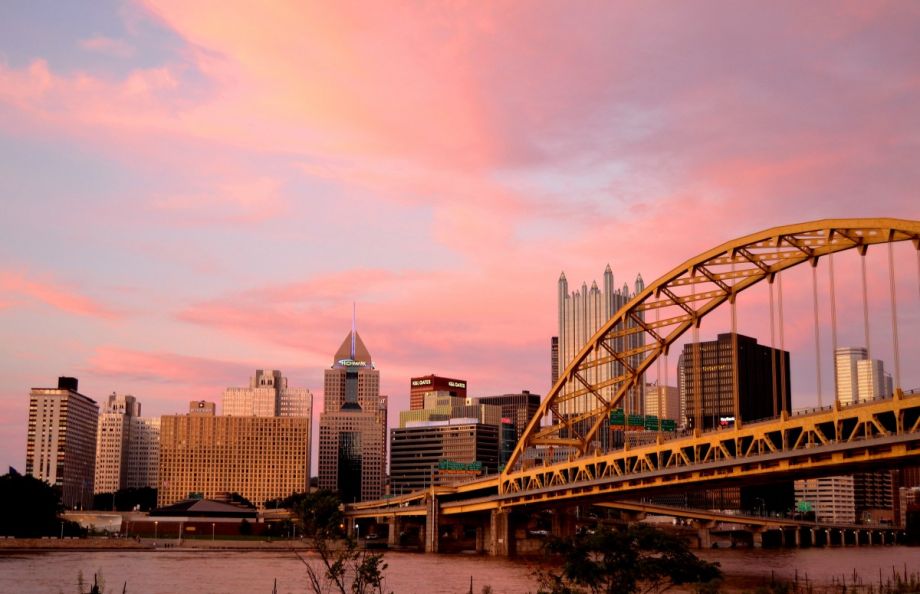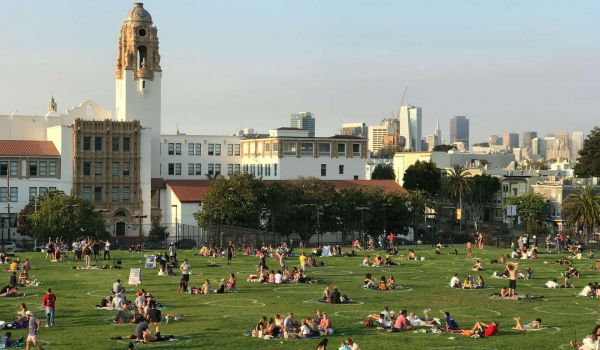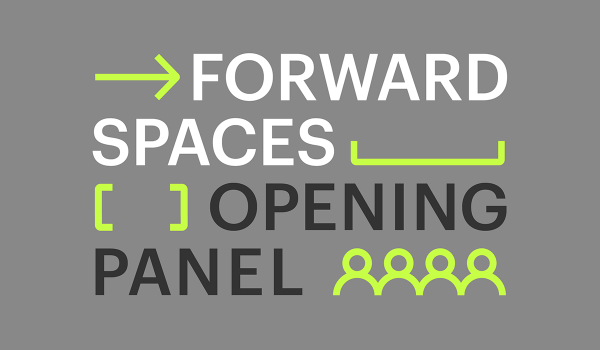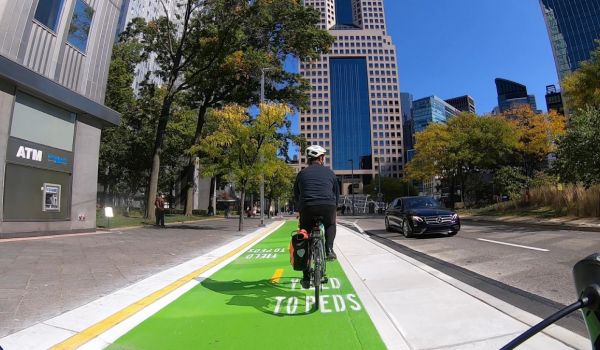Structural inequality can be, literally, structural. According to a new study by researchers at the Carnegie Mellon University’s College of Engineering, low-income neighborhoods with mostly Black, Hispanic and single-parent families are likely to have fewer bridges. And when those bridges do exist, they often have low clearance heights, obstructing critical transportation like commercial trucks and buses.
By establishing a correlation between socio-economic and demographic data and where bridges are sited, researchers Samuel Jones and Daniel Armanios confirm what most of us know anecdotally: Much of U.S. infrastructure is built to connect affluent communities to business centers and services, bypassing neighborhoods where low-income communities and people of color live. In other words, structural racism is literally built into our cities. People in poor neighborhoods face barriers to physical goods, including food delivery, and greater difficulty in getting to and from work, education, and even critical services like hospitals.
The new study analyzed more than 20,000 bridges in Pennsylvania across 2,500-plus census tracts, using datasets from the Neighborhood Change Database, a commercially available dataset of US Census data. While building new infrastructure on its own won’t solve systemic racism, Armanios hopes this work will make it easier for engineers to integrate demographic factors from the census into their analyses for where bridges will be constructed. It could also guide decisions around choosing which outdated bridges to repair by governments facing a fiscal squeeze.
He points out infrastructure planning methods typically take into account user data, for example, average daily traffic. But data about communities which reside near the new infrastructure (but may not use it) has been historically sparse, contributing to systemic biases. “These are long standing practices that bias one group of people over others. We want to try to solve the problem rather than allocate blame,” he says, adding that there is growing consensus among civil engineers about the importance of addressing the impact of infrastructure on equity.
Perhaps it’s no coincidence that the study originated in Pittsburgh, where 446 bridges soar over three rivers and countless hills. In the city of bridges, the historic Hill District — nestled between Pittsburgh’s economic powerhouses, the Downtown business district and the Oakland university district — stands testament to the consequences of infrastructure on equity. The neighborhood was once the first stop for Italian, Syrian, Greek, Jewish, and other European immigrants as well as a magnet for African Americans who moved from the South for jobs in Pittsburgh’s industrial economy. While white immigrants kept leaving the neighborhood as they assimilated, the real blow to the community came with the interstate. The new Interstate I-579 moved white families out to the suburbs while disrupting and displacing Hill District’s Black communities.
“The interstate highway isolated the Hill District from Downtown and made it impossible to walk between the neighborhoods. That started the neighborhood’s long-term decay — and we have still not recovered,” says Marimba Milliones, President and CEO of Hill District Community Development Corporation.
Now a new bridge to be owned and operated by the city, the 1-579 CAP Urban Connector Project, is aiming to remedy this by finally reconnecting the Hill District to the Downtown. The “cap” over I-579 is a planned green space on top of the highway built to give residents safe and convenient pedestrian and bicycle connections to employment opportunities and education services in Downtown Pittsburgh. . It’s also intended to be a cultural hub for art and music events to preserve and showcase the Hill District’s Black heritage. While some residents remain skeptical of the bridge’s benefits, “we will keep a watchful eye as the project unfolds to assure the robust community goals outlined in our community’s master plan are met – not just physically, but economically and socially,” says Milliones.
Armanios expects empirical studies and methodological frameworks will add momentum to such efforts around urban redevelopment in Black and brown communities, especially now as cities plan their coronavirus recovery. “Governments can save money in the long term if they increase spending now to build their cities’ resilience,” he argues. The more restricted a community is, for example, the harder it is to socially distance during a pandemic, and the greater is the spending on healthcare and economic relief.
Will our current crisis help to make equity an integral part of cities’ infrastructure decisions? “Any government at any level, federal, state or local, that’s trying to implement policy at this point without an equity lens is just so far behind the times,” says Milliones.

Deepali Srivastava is a writer and editor whose articles on economic and environmental issues have appeared in Forbes Asia, MSNBC.com, and strategy-business.com. As founder and president of Script the Future, she also provides editorial services to organizations.
















